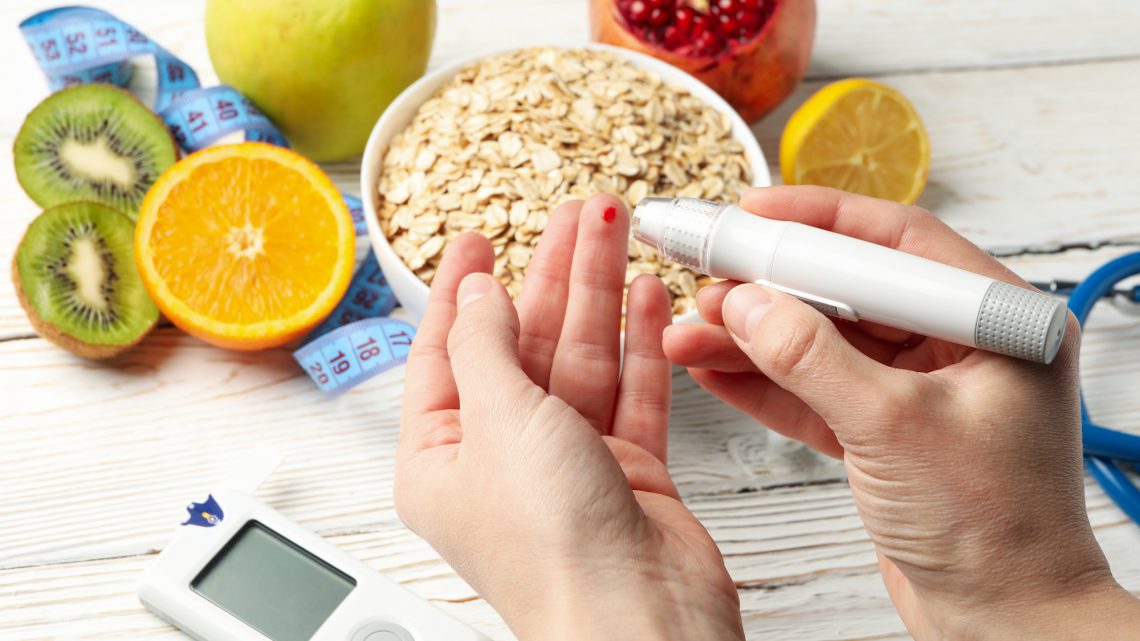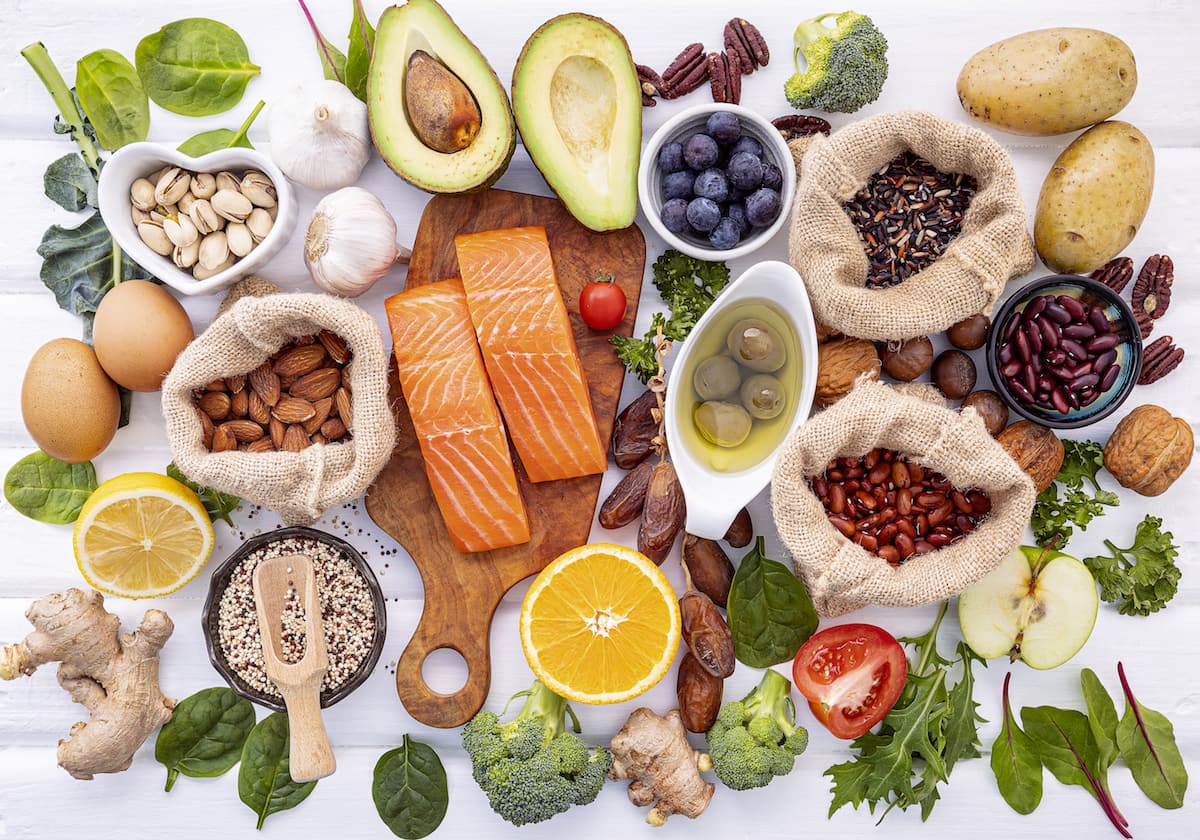Updated on 15. November 2021 from Marc Hedemann
Reading time: approx. 5 minutes
Diabetes mellitus has become a widespread disease throughout the world and is now reaching epidemic proportions. In 2015, 6.9 million people in Germany were affected. According to scientists at the Robert Koch Institute (RKI) and Heinrich Heine University in Düsseldorf, the number of diabetics will rise to at least 10.7 million by 2040.1
What is diabetes?
The name diabetes mellitus comes from Latin and literally means “honey-sweet flow”. This is because many diabetics excrete large amounts of glucose (dextrose) through their urine, which in earlier times was determined by a taste test. By the term diabetes doctors do not refer to a single disease. It is the generic term for various metabolic disorders that have one thing in common: a lack of the body’s own hormone insulin.
Insulin regulates the glucose level in the blood and ensures that the vital glucose reaches our cells. In the case of an insulin deficiency, the blood sugar is permanently elevated (hyperglycaemia). Over time, hyperglycemia damages blood vessels and can lead to dreaded sequelae such as coronary heart disease, circulatory problems (diabetic foot), stroke, and nerve, eye, and kidney damage.2
Depending on the origin of the insulin deficiency, medicine divides diabetes into different types:
- the autoimmune disease type 1 diabetes,
- the “adult-onset” type 2 diabetes,
- the special form type 3 diabetes,
- gestational type 4 diabetes.
With a share of more than 90 percent, type 2 diabetes accounts for the largest proportion of all diabetes cases.
Why do more and more people suffer from diabetes mellitus type 2?
The huge increase worldwide is mainly related to our modern lifestyle, which consists of a high-calorie diet, a high proportion of carbohydrates and sugary drinks, and a predominantly sedentary lifestyle. In addition to weight gain, there are also disturbances in the sugar metabolism with a so-called insulin resistance.
This means that our organs respond much more poorly to the hormone insulin. As a result, not enough glucose is transported into the cells and remains in the blood. The organism reacts to the increased blood sugar level with increased insulin secretion, which is why the effect of the hormone decreases further. Doctors refer to this condition as relative insulin deficiency.
To prevent the vicious circle from developing, orthopedist Dr. Nicolas Gumpert recommends changing one’s lifestyle at an early stage. If you avoid refined sugar and white flour, exercise regularly and keep your body weight within the normal range, you can prevent the development of type 2 diabetes mellitus.3
Diabetes and the microbiome
Between 10 and 100 trillion bacteria and other microorganisms live in the intestine and perform important functions there. These beneficial co-inhabitants are called the intestinal flora or microbiome. They play a key role in digestion and nutrient absorption and produce vital vitamins, amino acids, hormones and messenger substances (neurotransmitters) for the human body.
In the last decade, scientists have found that our microbiome also plays essential roles in controlling sugar and fat metabolism. If there are disturbances in the intestinal flora due to an unhealthy diet or frequent antibiotic treatments, this promotes the development of obesity and type 2 diabetes.4,5
Psychological causes of diabetes
According to recent research, excessive stress and psychological trauma increase the risk of developing type 2 diabetes mellitus. The German Society for Psychosomatic Medicine and Medical Psychotherapy (DGPM) points out that extreme psychological stress causes changes in the nervous system and immune system that affect sugar metabolism.
The stress hormone cortisol plays a central role in this process. On the one hand, it puts us in a stimulated, powerful state. However, with a permanent cortisol release, the regulation of blood sugar deteriorates. In addition, there is an increased production of enzymes that trigger inflammation in the body.6
Type 2 diabetes – naturopathic treatment approaches
The conventional medical therapy of diabetes mellitus type 2 is mainly limited to a drug treatment of the elevated blood glucose level. Many sufferers ask themselves what else they can do to keep the disease under control and avoid possible consequences. It has long been known in naturopathy that metabolic diseases such as type 2 diabetes require a holistic approach to treatment.
Since diabetics often have a deficit of vital antioxidants as well as other vitamins and minerals, alternative practitioners and naturopathic doctors carry out dietary changes. Thus, alkaline-forming foods and foods containing larger amounts of magnesium, chromium, zinc, omega-3 fatty acids and vitamins C, E, D, B12 and folic acid are the mainstays of the diet. If the undersupply cannot be eliminated by diet, suitable dietary supplements may also be considered.
Other measures include:
- Avoid household sugar, fructose and sweeteners
- Exercise and sporting activities
- lose overweight
- Perform intestinal cleansing with probiotics and prebiotics
- moderate fasting
- Relaxation techniques such as autogenic training, meditation or Qigong
- Drink 1.5 liters of pure water a day
A comprehensive solution is offered by the popular ÁYIO-Q Centre of Vitality. In addition to detoxification programmes, breathing exercises, a healthy diet and sufficient exercise, the focus is on a drinking cure with informed water. Measures such as these can cause an increase in vital energy and activate the body’s self-healing powers.
Sources:
[1] Tönnies T et al. Projected number of people with diagnosed Type 2 diabetes in Germany in 2040. Diabet Med. 2019 Oct;36(10):1217-1225.
[2] Diabetes mellitus, auf https://www.netdoktor.de, Access date 15.04.2021
[3] Diabetes, auf https://www.dr-gumpert.de, Access date 15.04.2021
[4] Brunkwall L, Orho-Melander M. The gut microbiome as a target for prevention and treatment of hyperglycaemia in type 2 diabetes: from current human evidence to future possibilities. Diabetologia. 2017 Jun;60(6):943-951.
[5] Kim MH et al. Gut microbiota and metabolic health among overweight and obese individuals. Scientific Reports. 2020 Nov 10;10(1):19417.
[6] Extreme psychological stress in childhood increases risk of diabetes, at https://www.diabetologie-online.de, Access date 15.04.2021















